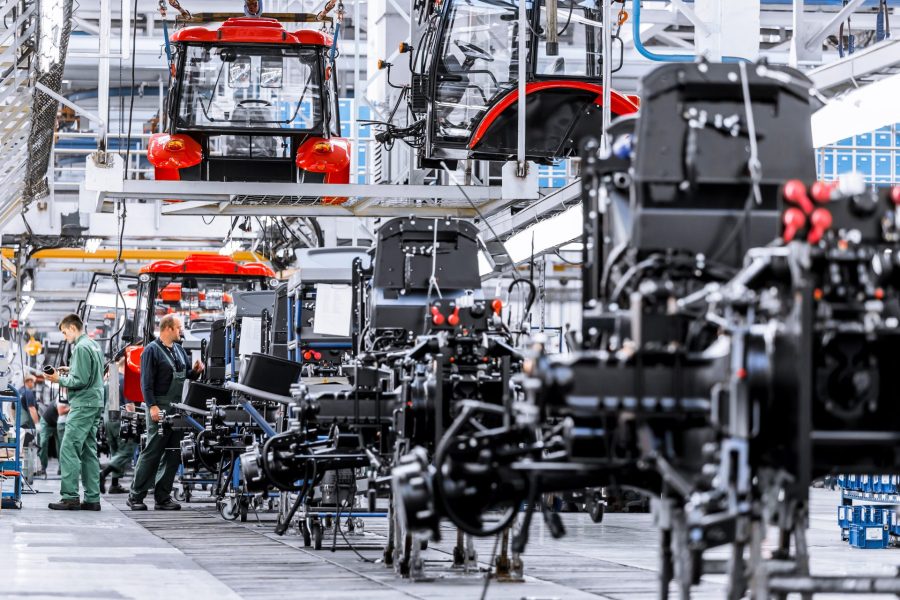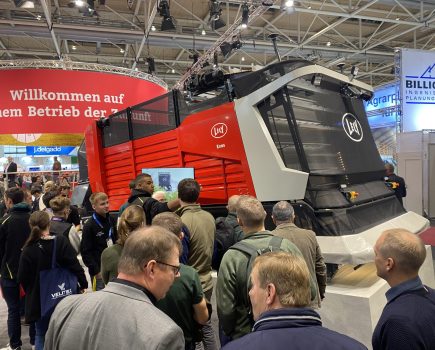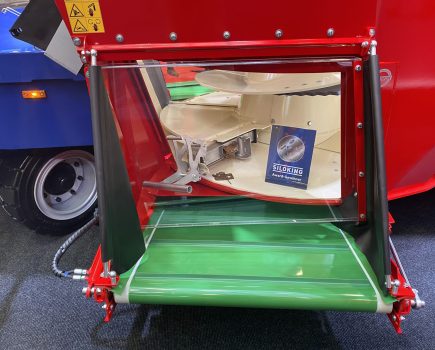The severe drought that affected much of Central Europe during the second half of last year saw farm incomes and orders for new tractors plummet. Zetor, which reports a loss in 2018, was one of the casualties.
As an example, Poland is normally good for a total tractor market of around 12,000 units a year. Last year, the numbers fell to below 9,000. The drought was one of the reasons for dip in the numbers but Zetor managing director Marián Lipovský reckons farm machinery sales in Europe have been in decline since 2012.
Other factors that played a role in last year’s misery were the high costs to ensure Zetor’s latest models meet stringent engine emissions and Mother Regulations. Also, it took the company longer than expected to add new, and more expensive models, to the price lists, and as a relatively small-scale tractor maker, the Brno-based tractor maker is finding it increasing difficult to compete with the multinationals.
Last year, Zetor made more tractors than it could sell and one of the first jobs now is to reduce inventories. “For 2019, we have adjusted the production plan to lower stocks at the Brno facility and at our dealers,” said Mr Lipovský. There are no numbers, but we understand that staff levels have also been reduced.
In recent years, the Czech brand has been active in entering new markets, including Asia and Africa, and supplies Russia with tractor sets. These projects continue as does the 2018 announced cooperation with TYM, which supplies Zetor with the Utlilix and Hortus models from 40hp to 70hp.
Looking ahead, despite 2018’s dramatic developments, Zetor remains optimistic. The brand is still one of the three main players in Central Europe and is a significant player with a well-established share in Eastern Europe and the Baltics.
The company plans to continue updating its tractors and later this year will launch newly-designed Proximas, the date of which was postponed due to the events of last year.
The new design will also migrate to the Forterra range, which should be available sometime early 2020, and the firm’s Stage V engines are expected to go into production sometime next year.






